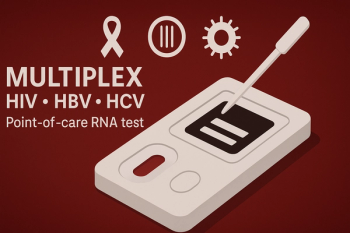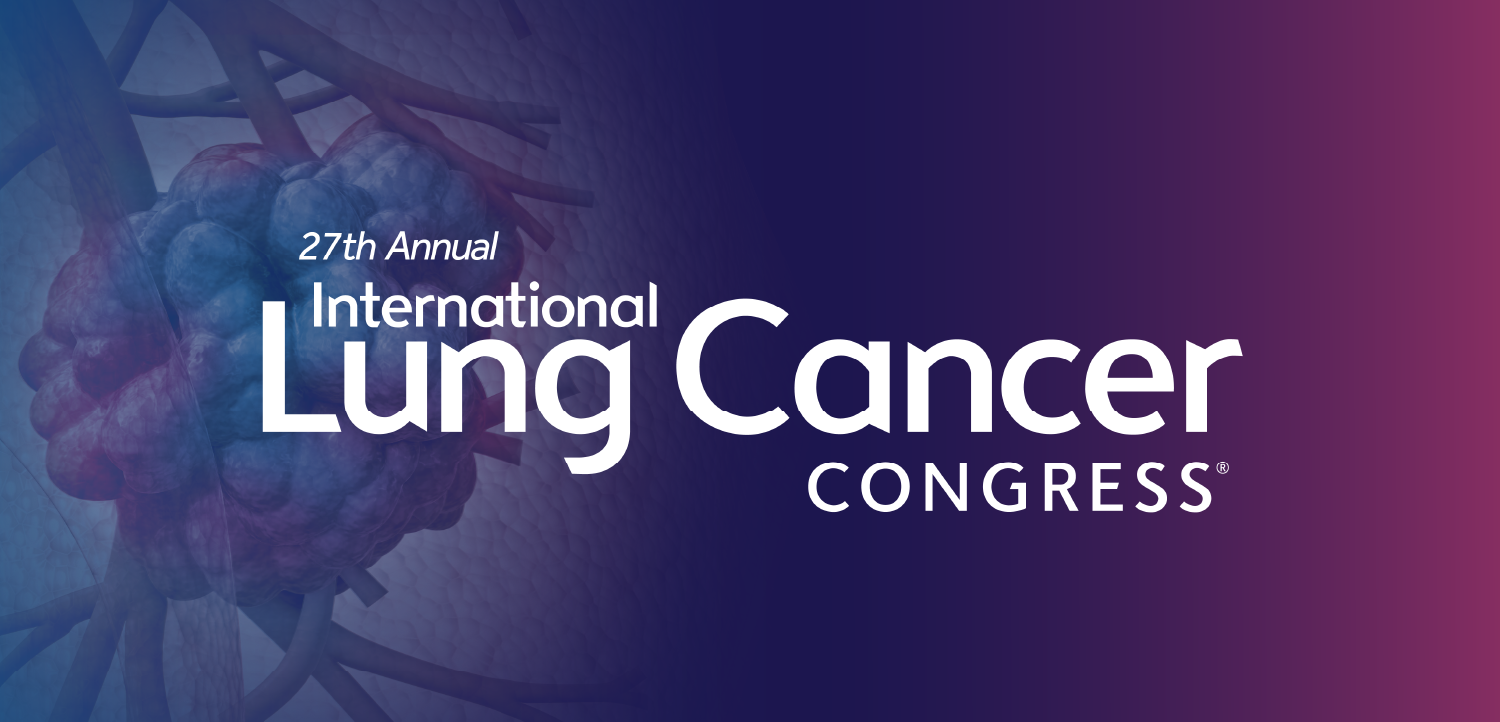
Infectious Diseases Dominate WHO's List of 2019 Health Threats
WHO has compiled a list of the top 10 threats to global health in 2019 and 6 of them are infectious disease-related.
While the world is facing many public health threats, the World Health Organization (WHO) has compiled a list of the top 10 threats to global health to focus on in 2019.
The list contains a number of serious issues from climate change to inadequate health care facilities. Unsurprisingly, more than half of the list is made up of infectious disease challenges, both emerging and historic.
Here is a recap, in no particular order:
1. Global Influenza Pandemic
As flu season settles in across the world, many clinicians and patients are questioning just how severe the strains will be this season.
The WHO acknowledges that another flu pandemic is unavoidable, but the severity and time frame are unknown.
The WHO continues to recommend receiving the influenza vaccine each season and continues to monitor antiviral treatment throughout the world.
In August of 2018, the US Centers for Disease Control and Prevention (CDC) Advisory Committee on Immunization Practices
In the latest
Further, of the 4460 respiratory specimens that tested positive for influenza in public health and clinical laboratories around the country, 97.1% were identified as influenza A and 2.5% were influenza B. Influenza A (H1N1) pdm09 is currently the most predominant subtype.
2. Antimicrobial Resistance
Unlike the looming influenza pandemic, antibiotic resistance is happening, and it’s happening now.
As the WHO points out, resistance to rifampicin, the most effective first-line antibiotic for tuberculosis, occurred in approximately 600,000 cases in 2017. Of those cases, approximately 82% were resistant to multiple treatment options.
The WHO also points out the need to address the overuse of antibiotics in animals and has indicated a project to confront this issue by implementing a global action plan focused on awareness of prudent use of antimicrobials.
The WHO is not the only entity addressing resistance. In September of 2018, the US Food and Drug Administration announced a
This
The remainder of the plan focuses on enhanced stewardship initiatives in veterinary medicine, and an expansion of the National Antimicrobial Resistance Monitoring System, which is designed to track drug resistance in Salmonella, Escherichia coli, and other harmful foodborne bacteria.
3. Ebola and high-threat pathogens, including disease X
Ebola is back in the mainstream news as the North Kivu outbreak in the Democratic Republic of the Congo, approaches its 6th month. As of January 20, 2019, the WHO reported 640 confirmed cases and 373 confirmed deaths.
In the current outbreak, the
The hard-to-contain outbreak is a threat for global health, as the highly transmissible pathogen can spread more easily to other continents through air travel. Earlier this year an
It raised the concern though: Are American facilities prepared to accept Ebola patients?
In a 2017 survey,
The WHO also notes that preparation for disease X, an unknown pathogen that could cause a severe epidemic, should also be a focus.
A simulation designed to pinpoint the challenges in preparedness and current policies that need to be addressed in order to prevent a severe pandemic indicates that the United States is far from ready for a widespread pandemic with a novel pathogen.
4. Vaccine hesitancy
Vaccine hesitancy is something that made Contagion®’s own list of
The growing hesitancy to vaccinate children is a threat that could lead to the re-emergence of infectious diseases that were previously eliminated in the United States.
Measles is notably making a comeback in the United States, despite the fact that the disease was considered eliminated by the CDC in 2000.
State health officials are currently monitoring measles outbreaks in
“[Say] an American child who has not been [vaccinated] goes on a trip abroad and acquires measles,” William Schaffner, MD, infectious disease specialist at Vanderbilt University Medical Center, and the former president of the National Foundation for Infectious Diseases, told Contagion® in a previous interview. “They bring it back and then you have an outbreak of measles, a disease that was totally eliminated.”
Additionally, the European Centers for Disease Control are monitoring measles outbreaks in more than
5. Dengue
Dengue, a mosquito-borne viral
More than 12,000 cases of dengue infection occurred in Puerto Rico in 2010, prior to the equally devastating
Furthermore, dengue was the
The WHO notes that a high number of cases occur in the rainy seasons of countries such as Bangladesh and India. And as the season lengthens, dengue-related death rates are rising.
In response, the WHO has issued a
6. HIV
Many advancements have been made in the field of HIV since the virus was first recognized. Some of these achievements include the introduction of antiretroviral therapy, which when taken daily can suppress HIV to levels that are undetectable while preventing sexual transmission of the virus.
Additional advancements include a range of options to prevent the acquisition of HIV, including pre-exposure prophylaxis (PrEP), which can
Although the WHO is encouraging the integration of HIV treatment with other health services, the organization is also providing a reminder to all that being aware of your individual HIV status is critical. According to the WHO, 1 in 4 individuals living with HIV are unaware of their status.
To address the gaps, the WHO has partnered with international organizations to support a self-testing initiative in several African countries, which not only provides testing but also links individuals with treatment and prevention services, which was announced in observance of
With 6 of the 10 threats on the WHO’s list having to do with infectious disease, one thing is for sure—2019 will be another big year for fighting infectious diseases and Contagion® will bring you each milestone along the way.
Newsletter
Stay ahead of emerging infectious disease threats with expert insights and breaking research. Subscribe now to get updates delivered straight to your inbox.
















































































































































































































































































































